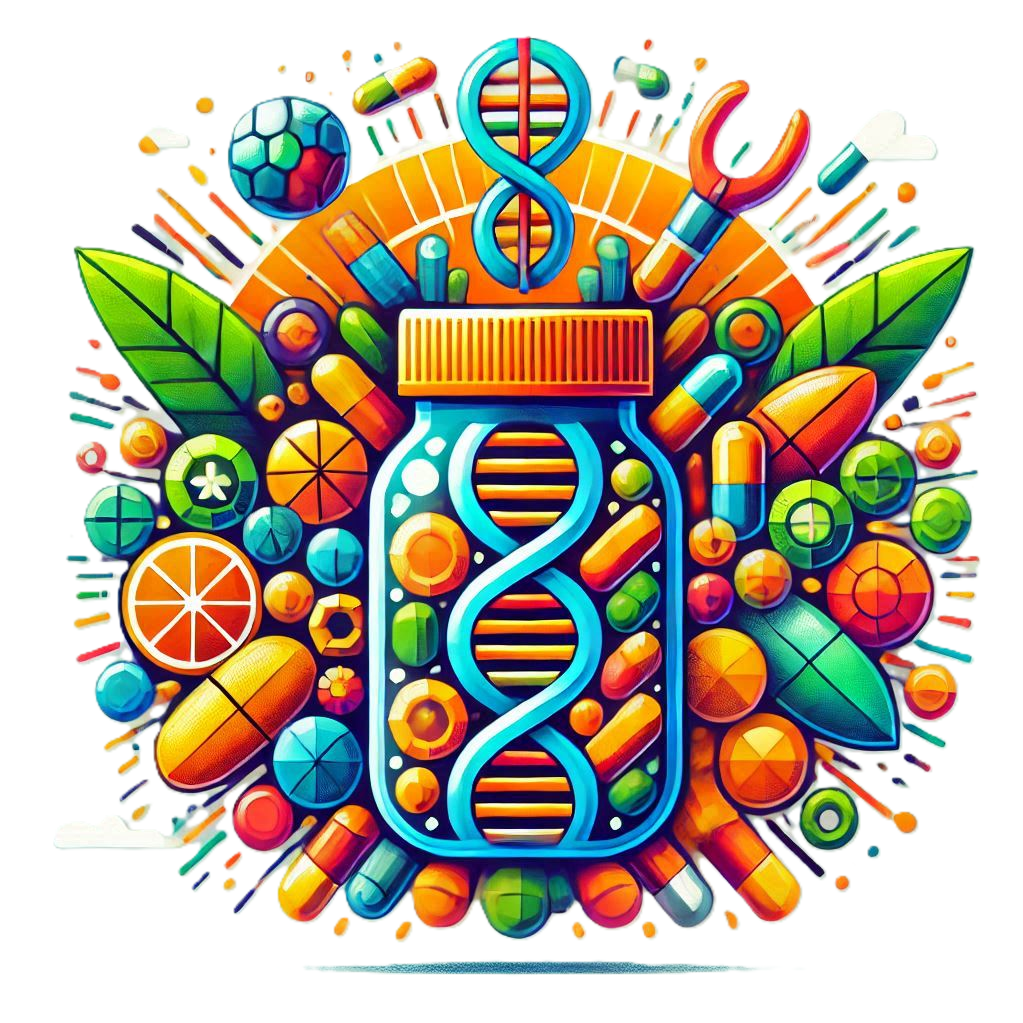Discover the surprising natural remedies that finally put an end to the ever-annoying itch of yeast infections.

Image courtesy of Rishi Raut via Pexels
Table of Contents
Introduction:
Yeast infections are a common condition that many individuals, especially women, experience at some point in their lives. While they can be uncomfortable and bothersome, the good news is that yeast infections can be effectively treated and prevented. In this blog post, we will explore the causes, symptoms, and treatment options for yeast infections.
Understanding Yeast Infections
A yeast infection, also known as candidiasis, is caused by an overgrowth of a type of fungus called Candida. Candida naturally occurs in the body, particularly in the mouth, digestive tract, and genital area. However, certain factors can cause an overgrowth of Candida, leading to an infection. The most common type of yeast infection is vaginal candidiasis, but they can also occur in other areas of the body, such as the mouth or skin folds.
The symptoms of a yeast infection may vary depending on the affected area, but the most common signs and symptoms include:
- Itching and irritation
- Burning sensation
- Redness and swelling
- Thick white vaginal discharge (for vaginal yeast infections)
- Pain or discomfort during sex or urination
It’s important to note that these symptoms can be similar to those of other conditions, such as urinary tract infections or sexually transmitted infections. If you’re experiencing any of these symptoms, it is advisable to consult a healthcare professional for an accurate diagnosis.
Treatment Options for Yeast Infections
Over-the-Counter Medications: Many mild yeast infections can be effectively treated with over-the-counter antifungal creams, ointments, or suppositories. These medications, which are easily available at pharmacies, often contain active ingredients like clotrimazole or miconazole. They work by eliminating the overgrowth of Candida and relieving the symptoms. It’s essential to follow the instructions provided with the medication and complete the full course of treatment, even if symptoms resolve before it ends.
Prescription Medications: In more severe or recurrent cases, a healthcare professional may prescribe stronger antifungal medications, such as fluconazole. These medications can be taken orally or applied topically, depending on the location and severity of the infection. It’s crucial to follow the prescribed dosage and duration recommended by the healthcare professional.
Home Remedies: In addition to medication, certain home remedies may help alleviate symptoms and support the healing process. These include:
- Yogurt: Applying plain, unsweetened yogurt directly to the affected area can help restore the natural balance of bacteria and yeast in the body. The beneficial bacteria in yogurt, such as lactobacillus, can help control the growth of Candida.
- Garlic: Garlic has natural antifungal properties. Some individuals find relief by inserting a clove of garlic into the vagina overnight to help combat the yeast infection.
- Tea Tree Oil: Tea tree oil has antimicrobial properties and may help alleviate symptoms when mixed with a carrier oil and applied to the affected area.
- Coconut Oil: Coconut oil contains caprylic acid, which has antifungal properties. Applying coconut oil topically may help soothe symptoms and inhibit the growth of yeast.
While these home remedies may offer temporary relief, it’s important to consult with a healthcare professional before trying them, especially if you’re unsure about the nature of your symptoms or if you’re pregnant or breastfeeding. Additionally, home remedies may not be sufficient for severe or recurring yeast infections.
Preventive Measures for Yeast Infections
While yeast infections are common and can sometimes be difficult to prevent, there are several preventive measures that individuals can adopt to reduce their risk:
Here is a section with a well-structured HTML table for “Say Goodbye to the Itch: Effective Remedies for Yeast Infections”:
“`
| Remedy | Description | Usage |
|---|---|---|
| 1. Yogurt | Natural probiotics in yogurt help balance yeast levels in the body. | Apply plain, unsweetened yogurt to the affected area for immediate relief. |
| 2. Garlic | Garlic has antifungal properties that can fight yeast infections. | Insert a garlic clove wrapped in cheesecloth overnight, or consume raw garlic daily. |
| 3. Tea Tree Oil | Tea tree oil contains antifungal compounds that can alleviate itching and irritation. | Mix a few drops of tea tree oil with a carrier oil and apply to the affected area. |
| 4. Coconut Oil | Coconut oil has antifungal properties and soothes the skin. | Apply coconut oil directly to the affected area several times a day. |
| 5. Cranberry Juice | Cranberry juice can help prevent the growth of yeast in the urinary tract. | Drink unsweetened cranberry juice daily to promote a healthy balance. |
“`
This table effectively conveys the information about various remedies for yeast infections, including their descriptions and usage.

Image courtesy of www.drshardaayurveda.com via Google Images
- Maintain Good Hygiene: Keep the genital area clean and dry. Avoid using scented soaps or feminine hygiene sprays that may disrupt the natural balance of bacteria and yeast in the body. Opt for mild, unscented soaps and clean the genital area with water only.
- Wear Breathable Clothing: Moisture can promote the growth of yeast, so it’s important to wear underwear and clothing made from breathable fabrics, such as cotton. Avoid tight-fitting clothes that can trap moisture and create a favorable environment for yeast overgrowth.
- Avoid Excessive Antibiotic Use: Antibiotics can disrupt the natural balance of bacteria in the body, which may increase the risk of yeast infections. Whenever possible, only take antibiotics when prescribed by a healthcare professional and complete the full course of treatment.
- Maintain a Healthy Lifestyle: Eating a balanced diet rich in fruits, vegetables, and probiotic-rich foods can help support a healthy immune system and promote a balanced internal environment. Additionally, avoiding excessive stress and getting enough sleep can also help maintain overall well-being.
Conclusion
Yeast infections can be uncomfortable and disruptive, but with the right treatment and preventive measures, they can be effectively managed. It’s important to consult with a healthcare professional for an accurate diagnosis and appropriate treatment options. By understanding the causes, symptoms, and preventive strategies, individuals can take charge of their health and bid farewell to the itch caused by yeast infections.
Frequently Asked Questions
Are yeast infections contagious?
Yeast infections are not typically considered contagious. They are caused by an overgrowth of naturally occurring Candida in the body, rather than being transmitted from person to person. However, sexual activity can sometimes contribute to the development or worsening of yeast infections.
Can men get yeast infections?
Yes, men can also get yeast infections. While they are less common in men, yeast infections can occur on the penis, especially if there is an underlying health condition, such as diabetes or a weakened immune system. The symptoms in men may include itching, redness, and discomfort.
Can stress contribute to yeast infections?
Stress itself does not directly cause yeast infections. However, chronic stress can weaken the immune system, making it less effective at fighting off infections, including yeast infections. Additionally, stress may disrupt the balance of bacteria and yeast in the body, creating an environment that is more favorable for yeast overgrowth.
Can I still have sex if I have a yeast infection?
It is generally recommended to avoid sexual activity during a yeast infection, as it can cause discomfort and potentially spread the infection. If you do choose to have sex, it is important to use a condom and communicate with your partner about your infection to prevent further transmission or exacerbation of the condition.






